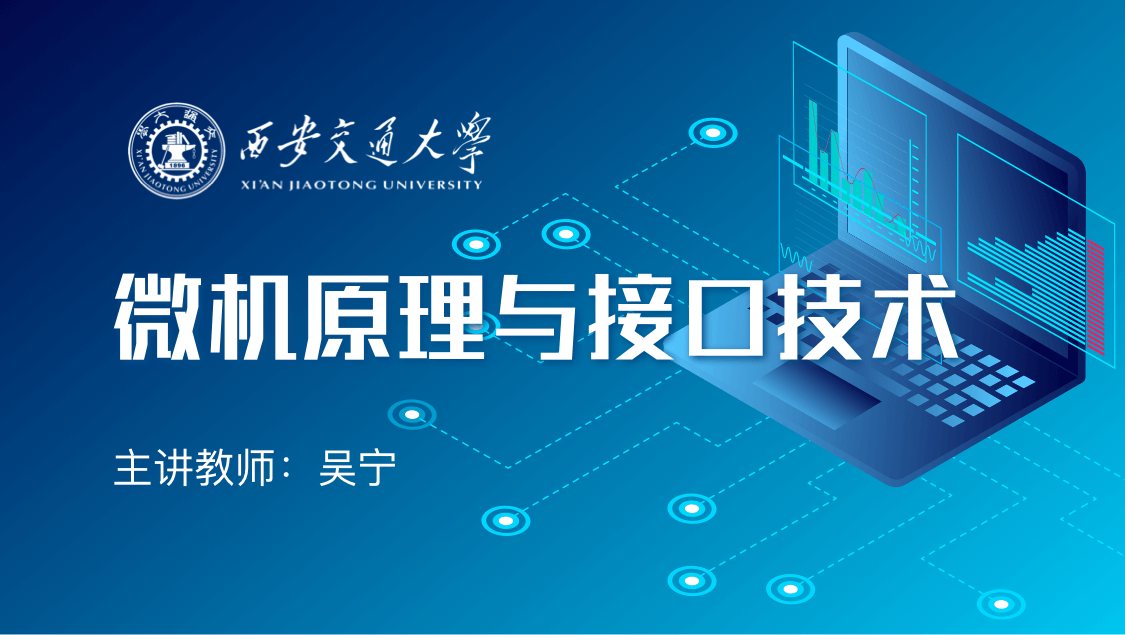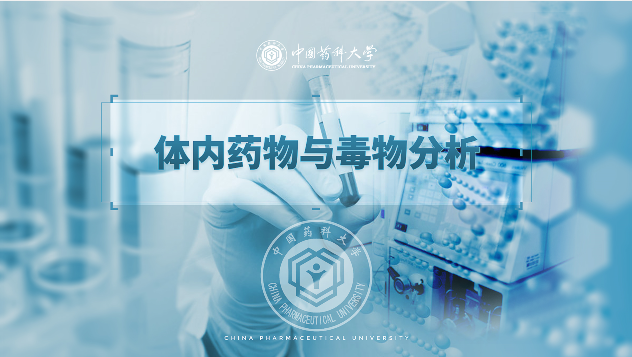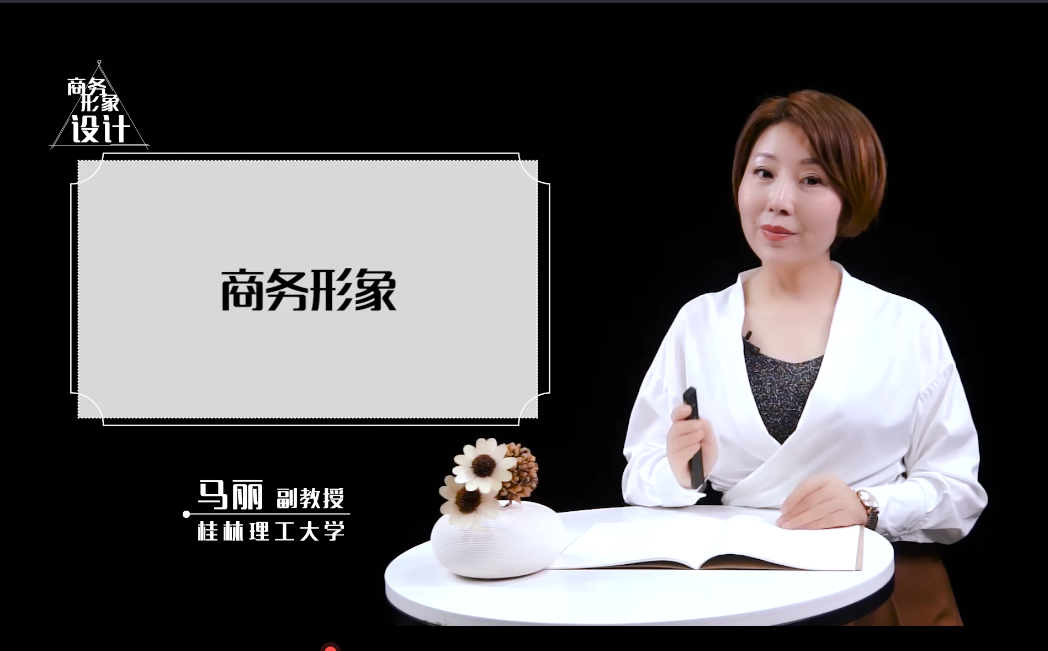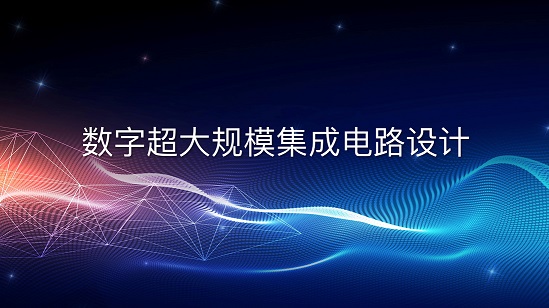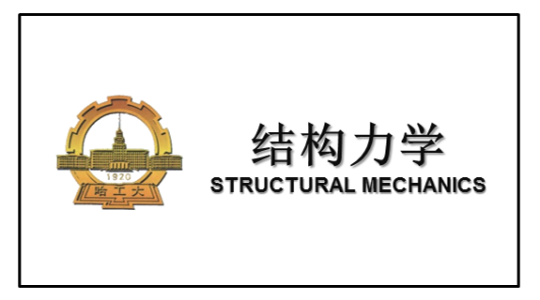
当前课程知识点:量子力学前沿选题 > Chapter 10 Bose-Einstein Condensation > Homework10 > S10.4 The superfluid face of BEC
前一次我们讲到这个用磁场来调节
产生Feshbach共振
因此如果我这个体系
原来就是个费米子体系的话
就能够产生费米子的超流
上一次我们已经介绍过
就是何天伦做的一个图
在这个图上
这个B0这个地方是共振点
磁场在共振点以上
这个区域就叫做BCS区
因为它会有好多费米子组成的对
当你的磁场越来越弱的时候
这个对就会变的
大小呢就越来越小
这样的一个预言
当然有好多实验呢来做
我们介绍过这是D.S. Jin
他这组做的实验
稍微仔细介绍一下
但是呢以后还有好多好多实验
都是来证明
当你的磁场强度在共振区以上的时候
都会有这个费米子对
那么这样不很好吗
但是这个MIT的人Ketterle
他的要求是高的
他有一段话
这个Ketterle就称赞有若干个工作
但是他说了这样的话
this is the matter of us play DTA sin pot
peace of the past
but they ask you are the pieces missing
他说这些实验很好
但是它还不是存在费米是超流性的
这样的一个证明
他还缺一些东西
缺什么呢
下面他说
他就是说
研究者需要有一个还冒着烟儿的枪
什么意思呢
要抓的现行 枪还冒烟呢
什么时候冒烟的枪呢
比如说你观测到量子化的涡旋
这样的话你在你宣称
我已经从BEC里面做出来
在宣布这个以前
你必须得做到这一点
那么下边呢我们就给一个图让大家看
这个其实呢就是Ketterle他们这个组自己做的
Ketterle做的是什么呢
你看他做了三种类型
一个是Bose子的BEC
Bose子的BEC它有了凝聚
然后他也有超流性
里面有涡旋
这早就没有问题了
但是你用费米子
他这里用的是锂6
如果两个锂6原子做成分子了
有了分子的BEC了
这在何天伦的图里面就是
磁场要在共振点左边
那就是更弱
这个时候就有两个费米子组成的分子存在
分子当然就是波色子
于是它有凝聚 它也有vortices
下边这个就是Ketterle自己出的题了
你得抓个现行
怎么抓现行呢
就是你让你的磁场必须得在BEC
比你共振要来的强
这个时候这是真正的Cooper pair
两个费米原子它组成了一个对
但是这个对的相对的距离还是比较大的
而且呢他们的对和对的距离
至少和Cooper pair是同量级
当然你越往右边磁场越大
它这个相对的距离也越大
你的磁场越趋近于共振
你的对之间的距离也越小
这个呢就是Ketterle自己的组
来这个满足了他的这个要求
这个也是关于费米子超流
这个历史上的一段重要的这个发展
下边我们就要开始介绍
费米子超流米子超流为什么这么受人重视
Grimm 在《Nature》
2005年他发表了一篇文章
这篇文章呢叫做《quantum revolution》
《量子革命》
什么叫量子革命呢
是这样
它其实是评论
在同一期的《Nature》的文章
Zwierlein等人做的文章
其实这就是Ketterle组的
那么Grimm这篇文章它的核心内容
就是说为什么超冷费米子气体
这么受人重视
这是因为它
就是费米子的超冷气体
它有一个唯一的性质
就是说他可以来模拟量子物质的物理学
一般情况底下的量子物质物理学
什么样的物理学呢
他就说你在实验室的实验里面
可以做什么
可以用我的超冷原子来研究高温超导
也可以来研究中子星
也可以研究等离子体
所以这样的话
上至天文 下至凝聚态
他都可以研究
什么都可以研究
而且他就举例就说明
Zwierlein他们做的那些工作
他说他们这个工作
实际上你可以把它推广
来模拟很多其他的东西
比如说混合费米系统
就是比如说两种不同的费米子
当然包括费米子在不同的这个超精细结构态
当然这就不是全同粒子
它就是两种粒子
它可以干嘛呢
他们可以来模拟原子核
这里面有好多中子 有好多质子
他们组成的原子核的性质
或者是特殊超导体的性质
所以这样的话
就使得在超冷费米子气体的研究
它就具有可以来模拟
多体量子物理的各个领域
他都可以模拟
比如说我们举例子在这儿看
这个例子呢就是
把冷原子超冷原子超冷费米原子的气体
模拟的时候
他们的优越性在哪里
下面就看出来
普通超导体它的临界温度
和费米温度之比是什么呢
10的-5到10的-4
这是很小的
氦三的超流稍微好一点
10的-3
你要是到了这个高温超导体
它的这个TC和TF的比是10-2
那就比那个要大得多
所以这样我们用
这个超冷的费米气体来模拟它
你可以用共振调相互作用来调TF
这样你的余地就很多了
我们刚说过的锂6的超流体
这就是Ketterle给他们做的那个
他的这个比呢是10的-1
你和氦三超流体比
那是10的-3
你这是10的-1
所以啊Li6
它的超流体
你愿意的话可以叫他做高温超流体
因此呢在这儿
我就提前的把这个超冷的费米气体
所形成的这个超流体它的重要性
那当然也包括阿波测凝聚的这个超冷原子
他们能够模拟的物理的东西
那是非常非常多的
也就是说它具有它实验的灵活性
和实验系统的一个是它的纯度
没有杂质
没有缺陷
而且你要想故意放点什么东西进去的话
你还可以放
它可调性是非常的强的
所以说为什么现在研究这个
超冷气体物理学家的人数越来越多
成果也越来越多
这个方向是一个非常兴旺发达的方向
-S1.1 Algebraic method of solving the 1D harmonic oscillator eigenproblem(1).
-S1.1 Algebraic method of solving the 1D harmonic oscillator eigenproblem(2)
-S1.2 Particle number representation, particle creation & annihilation operators
-S1.3 Change of basis and dynamical variables S1.4The continuous one-particle spectrum
-S1.4 The continuous one-particle spectrum S1.5 Quantum dynamics: Time evolution
-S1.6 Density matrix & 2-particle correlation function for non-interacting Bose & Fermi gas
-S1.7 BCS wave function, Bogolinbov transformation and quasiparticle excitation(1)
-S1.7 BCS wave function, Bogolinbov transformation and quasiparticle excitation(2)
-S1.7 BCS wave function, Bogolinbov transformation and quasiparticle excitation(3)
-Homework1
-S3.2 The evaluation of path integral
-S3.3 Example: harmonic oscillator problem solved by path integral
- S3.4 Density matrix & path integral S3.5 Density matrix in statistical mechanism
-S3.6 Path integral for oscillator recalculated
-Homework 3
-§4.1 Formation of interference pattern in a double slit experiment with electrons
-S4.2 Direct Demonstration of the Complemetarity Principle by Atomic interferometry (1)
-S4.2 Direct Demonstration of the Complemetarity Principle by Atomic interferometry (2)
-S4.3 Single photon interference experiment S4.4 Multi-particle interferometry
-S4.5 Two-photon interferometer as a quantum eraser S4.6 EPR paradox & Bell theorem(1)
-S4.6 EPR paradox & Bell theorem(2)
-S4.6 EPR paradox & Bell theorem(3)
-S4.7 Experimental Verification of Bell inequality
-Homework4
-S5.1 Geometrical phase in quantum mechanism(1)
-S5.1 Geometrical phase in quantum mechanism(2)
-S5.2 Experimental Verification of the Aharonov- Bohm effect S5.3 The Abaronov-Casher effect
-S5.4 Parallel Transport, Connexion, Curvature & Anholonomy
-Homework5
-S6.1 Schroedinger's harmonic oscillator wave packet S6.2 Coherent states
-S6.3 Circular orbit wave packet of H atom S6.4 SO(4) Dynamical symmetry of H atom
-S6.5 Principle of superposition and the quantum decoherence
-S6.6 Decoherence caused by interaction with environment
-S6.7 Schrödinger’s cat realized in the laboratory
-S6.8 Wave function with a macroscopic significance
-Homework6
-S7.1 Spin wave theory in Heisenberg model
-S7.1 Spin wave theory in Heisenberg model(2)
-S7.3 1D quantum AFM chain & Topological phase factor
-S7.4 Lieb-Schultz-Mattis theorem
-S7.5 Significance of topological term
-Homework7
-S8.1 Interaction between radiation fields & the atom(1)
-S8.1 Interaction between radiation fields & the atom(2)
-S8.2 The Jaynes-Cummings model S8.3 Suppression & Enhancement of spontaneous
-S8.5 Inverse Stern-Gerlach Effect S8.6 The atom-cavity dispersive phase shift effect
-S8.7 Ramsey interferometer: the atomic clock
-S8.8 Detecting photons with a Rydberg clock S8.9 Schrodinger cat and decoherence S8.10 The Dark sta
-S8.11 Dicke Model and Phase Transitions(1)
-S8.11 Dicke Model and Phase Transitions(2)
-S8.11 Dicke Model and Phase Transitions(3)
-S8.11 Dicke Model and Phase Transitions(4)
-Homework8
-S9.1 Quantum Hall: Classical S9.2 Electrons in uniform magneti field, the Landau level
-S9.2 2D problem under strong magnetic field
-S9.3 The integer quantum Hall effect(1)
-S9.3 The integer quantum Hall effect(2)
-S9.3 The integer quantum Hall effect(3)
-S9.4 The fractional quantum Hall effect
-S9.4 Quantum anomalous Hall effect(1)
-S9.4 Quantum anomalous Hall effect(2)
-S9.5 Quantum spin Hall effect
-Homework9
-S10.1 Introduction S10.2 Order parameter and phsae coherence(1)
-S10.2 Order parameter and phase coherence(2)
-S10.3 Gross-Pitaevskii equation, ground state and excitations
-S10.4 The superfluid face of BEC
-S10.5 BEC in double Well & Josephson effect
-S10.6 Quantum phase transition
-Homework10
